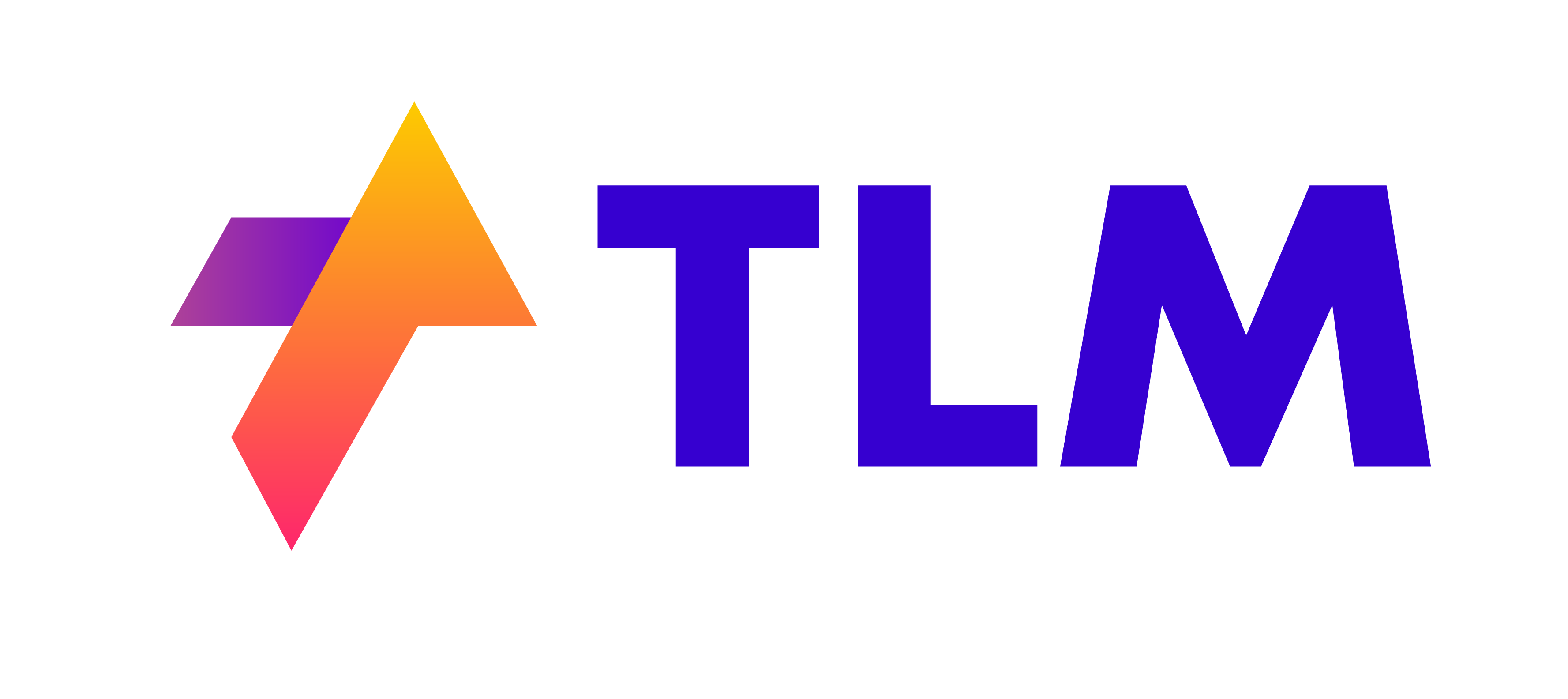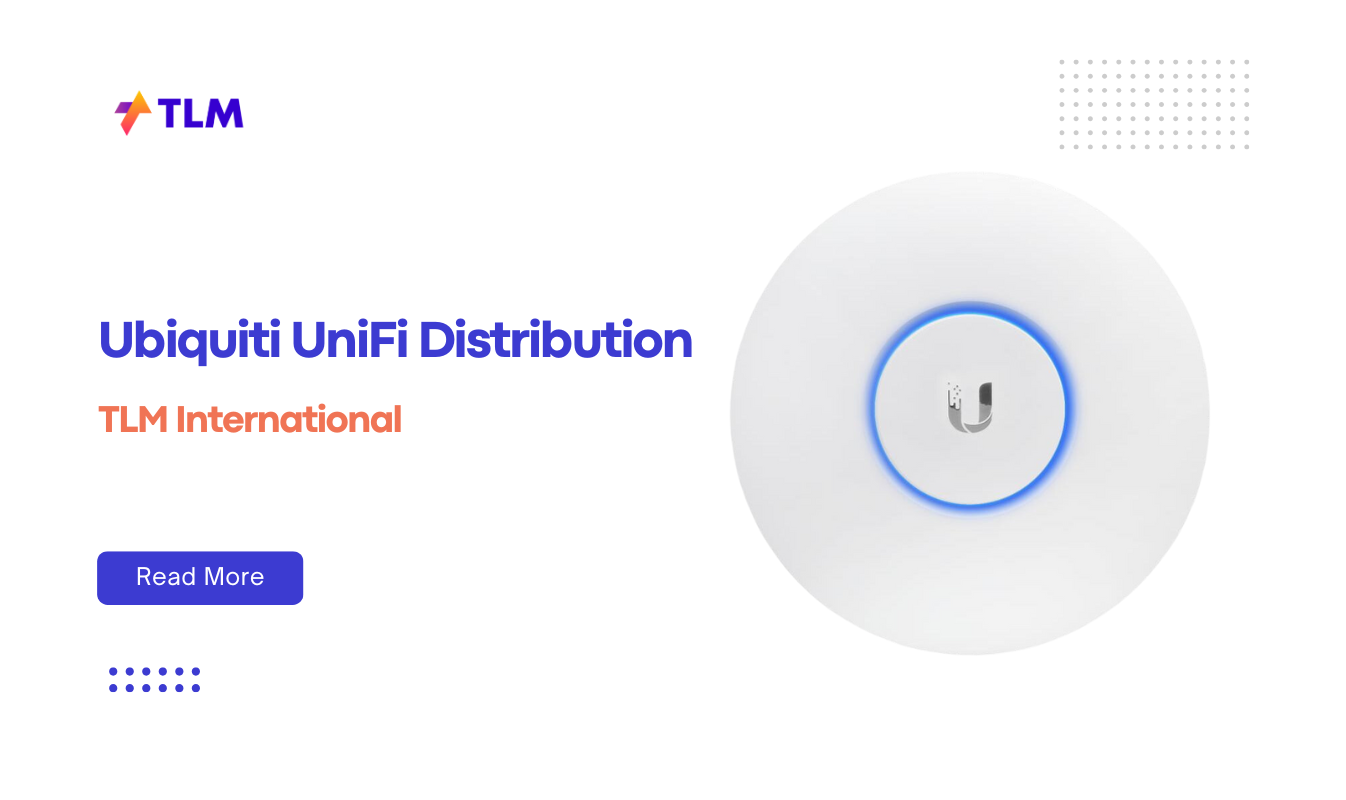How frustrating poor cell reception can be. Whether you’re working from home, running a business, or just trying to stay connected, a weak cellular signal can throw a wrench in your plans. That’s where cellular antenna boosters come in. In this guide, we’ll walk through everything you need to know about choosing and installing the right cellular signal booster for your situation.
Understanding Cellular Antenna Boosters
Before we dive into the selection process, let’s break down what a cellular antenna booster actually does:
A cellular antenna booster, also known as a cell phone signal booster or cellular repeater, is a system designed to improve cellular reception in areas with weak signals. It typically consists of three main components:
- An external antenna to capture the existing weak signal
- An amplifier to boost the signal strength
- An internal antenna to rebroadcast the amplified signal inside your home or office
These systems work with all major carriers and can dramatically improve call quality, data speeds, and overall connectivity.
Why You Might Need a Cellular Antenna Booster
There are several reasons you might consider investing in a cellular signal booster:
- You live in a rural area far from cell towers
- Your home or office has thick walls or metal roofing that blocks signals
- You’re in an area with geographical features (hills, mountains) that interfere with signals
- You need reliable cellular connectivity for work or emergency situations
- You want to improve cellular data speeds for streaming or online gaming
Key Factors to Consider When Choosing a Cellular Antenna Booster
Selecting the right cellular antenna booster involves considering several factors:
1. Coverage Area
One of the most critical factors is determining how much space you need to cover. Boosters are rated for different square footages, ranging from small apartments to large office buildings. Be sure to choose a booster that can handle your required coverage area.
2. Signal Strength Outside Your Building
The effectiveness of a booster depends on the existing outdoor signal strength. Use your phone to check the number of bars you get outside. If you have no signal at all, a booster won’t be able to help – you need at least a weak signal to amplify.
3. Frequency Bands
Different carriers use different frequency bands. Make sure the booster you choose supports the bands used by your cellular provider. Most modern boosters support multiple bands for compatibility with all major carriers.
4. Gain and Power Output
The gain (measured in dB) indicates how much the booster can amplify the signal. Higher gain is generally better, but too much gain can cause interference. Look for boosters with automatic gain control to prevent this issue.
5. Single vs. Multiple Carrier Support
Some boosters are designed to work with a specific carrier, while others support multiple carriers. If you need to boost signals for different carriers (e.g., in an office with employees on various networks), opt for a multi-carrier booster.
6. Budget
Cellular antenna boosters can range from around $200 for basic models to over $1000 for advanced systems. Consider your needs and budget when making a selection.
Top Cellular Antenna Boosters for 2024
Let’s look at some of the best cellular signal boosters available, categorized by use case:
Best for Home Use: weBoost Home MultiRoom
Key Features:
- Coverage: Up to 5,000 sq ft
- Supports all major U.S. carriers
- 5G compatible
- Easy DIY installation
The weBoost Home MultiRoom is an excellent choice for most homes, offering a good balance of coverage and performance.
Best for Rural Areas: HiBoost 15K Smart Link
Key Features:
- Coverage: Up to 15,000 sq ft
- High-gain outdoor antenna for weak signal areas
- LCD display for easy setup and monitoring
- Supports all North American carriers
If you’re dealing with very weak signals in a rural setting, the HiBoost 15K Smart Link provides the power and range you need.
Best for Vehicles: weBoost Drive Reach
Key Features:
- Designed for cars, trucks, and RVs
- Up to 33% more range than previous models
- 5G compatible
- Works with all U.S. carriers
For those who need better cell reception on the road, the weBoost Drive Reach is a top performer.
Best for Small Businesses: SureCall Fusion4Home Yagi/Whip
Key Features:
- Coverage: Up to 4,000 sq ft
- Yagi directional antenna for improved signal capture
- Supports 2G, 3G, 4G LTE, and 5G
- Adjustable gain for optimal performance
Small businesses looking for reliable cellular coverage should consider the SureCall Fusion4Home with its versatile antenna options.
Best Budget Option: Amazboost Cell Phone Signal Booster
Key Features:
- Coverage: Up to 2,500 sq ft
- Supports all major U.S. carriers
- Easy setup with no tools required
- Affordable price point
For those on a tight budget, the Amazboost offers solid performance at a lower cost.
Comparison Table: Top Cellular Antenna Boosters
| Model | Coverage Area | Carrier Support | 5G Compatible | Installation Difficulty |
| weBoost Home MultiRoom | Up to 5,000 sq ft | All major U.S. carriers | Yes | Easy |
| HiBoost 15K Smart Link | Up to 15,000 sq ft | All North American carriers | Yes | Moderate |
| weBoost Drive Reach | Vehicle-specific | All U.S. carriers | Yes | Easy |
| SureCall Fusion4Home | Up to 4,000 sq ft | All major carriers | Yes | Moderate |
| Amazboost Signal Booster | Up to 2,500 sq ft | All major U.S. carriers | No | Easy |
How to Install a Cellular Antenna Booster
Now that you’ve chosen the right booster, let’s walk through the installation process. While each system may have specific instructions, here’s a general guide:
Step 1: Choose the Outdoor Antenna Location
- Use your phone to find the area outside with the strongest signal.
- The antenna should be mounted as high as possible, ideally on the roof.
- Ensure the antenna is pointing towards the nearest cell tower (you can use apps like OpenSignal to find tower locations).
Step 2: Install the Outdoor Antenna
- Mount the antenna securely using the provided brackets.
- Run the coaxial cable from the antenna to where you’ll place the amplifier, typically indoors.
- Seal any holes or entry points to prevent water damage.
Step 3: Set Up the Amplifier
- Place the amplifier in a central location, ideally near a power outlet.
- Connect the outdoor antenna cable to the “Outside Antenna” port on the amplifier.
- Plug in the power adapter and turn on the amplifier.
Step 4: Install the Indoor Antenna
- Position the indoor antenna where you need the strongest signal.
- For panel antennas, mount them on a wall facing the area needing coverage.
- For dome antennas, install them on the ceiling for 360-degree coverage.
- Connect the indoor antenna to the “Inside Antenna” port on the amplifier.
Step 5: Power Up and Test
- Turn on the system and check the LED indicators on the amplifier.
- Use your phone to test the signal strength in different areas of your space.
- Adjust antenna positions if necessary for optimal coverage.
Troubleshooting Common Issues
Even with careful installation, you might encounter some issues. Here are some common problems and solutions:
Oscillation (Feedback)
Symptom: The booster keeps shutting off or you hear a high-pitched noise on calls.
Solution: Increase the separation between the outdoor and indoor antennas. You may need to relocate one or both antennas.
Weak Indoor Signal
Symptom: The signal is still weak in certain areas inside.
Solution: Try repositioning the indoor antenna or consider adding additional indoor antennas for better coverage.
Overload
Symptom: The booster’s lights indicate an overload condition.
Solution: Adjust the outdoor antenna to capture a slightly weaker signal, or use the manual gain controls (if available) to reduce the amplification.
Maximizing Your Cellular Antenna Booster’s Performance
To get the most out of your new cellular signal booster, keep these tips in mind:
- Regular Maintenance: Check and clean the outdoor antenna periodically, especially after storms.
- Monitor Signal Strength: Use apps like Network Cell Info Lite to track your signal strength over time and identify any changes.
- Update Firmware: If your booster has firmware update capabilities, make sure to keep it current for optimal performance.
- Optimize Antenna Placement: Experiment with slight adjustments to antenna positions to find the best signal.
- Consider Professional Installation: For complex setups or if you’re not comfortable with DIY installation, professional installation can ensure optimal performance.
The Future of Cellular Antenna Boosters
As 5G networks continue to expand, cellular antenna boosters are evolving to support these new technologies. Here are some trends to watch:
- Integrated 5G Support: More boosters will offer seamless 5G compatibility across all bands.
- Smart Home Integration: Expect to see boosters that can be controlled and monitored through smart home systems.
- AI-Powered Optimization: Future boosters may use artificial intelligence to automatically adjust settings for the best performance.
- Smaller, More Powerful Amplifiers: Advancements in technology will likely lead to more compact yet powerful booster systems.
- Enhanced Multi-Carrier Support: As network technologies diversify, boosters will become even more adept at handling signals from multiple carriers simultaneously.
Conclusion: Boosting Your Connectivity
In our increasingly connected world, a reliable cellular signal is more important than ever. Whether you’re working from home, running a business, or just want to stay in touch, a cellular antenna booster can make a world of difference.
By understanding your specific needs, choosing the right booster, and following proper installation procedures, you can dramatically improve your cellular reception. Remember, the best booster for you depends on your unique situation – consider factors like coverage area, existing signal strength, and budget when making your choice.
With the right cellular antenna booster in place, you can say goodbye to dropped calls, slow data speeds, and those frustrating “no signal” moments. Here’s to clearer calls, faster downloads, and staying connected wherever you are!






